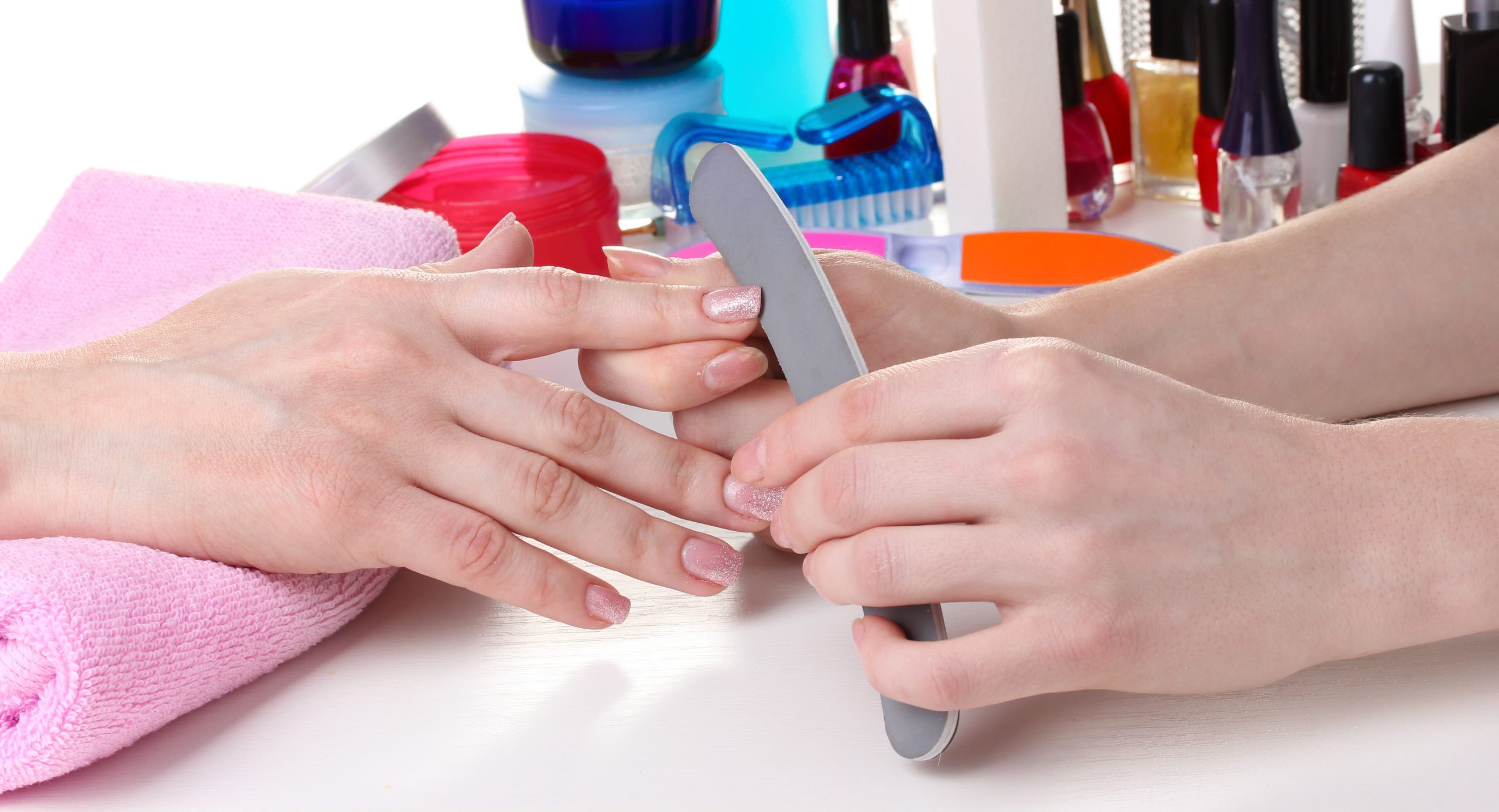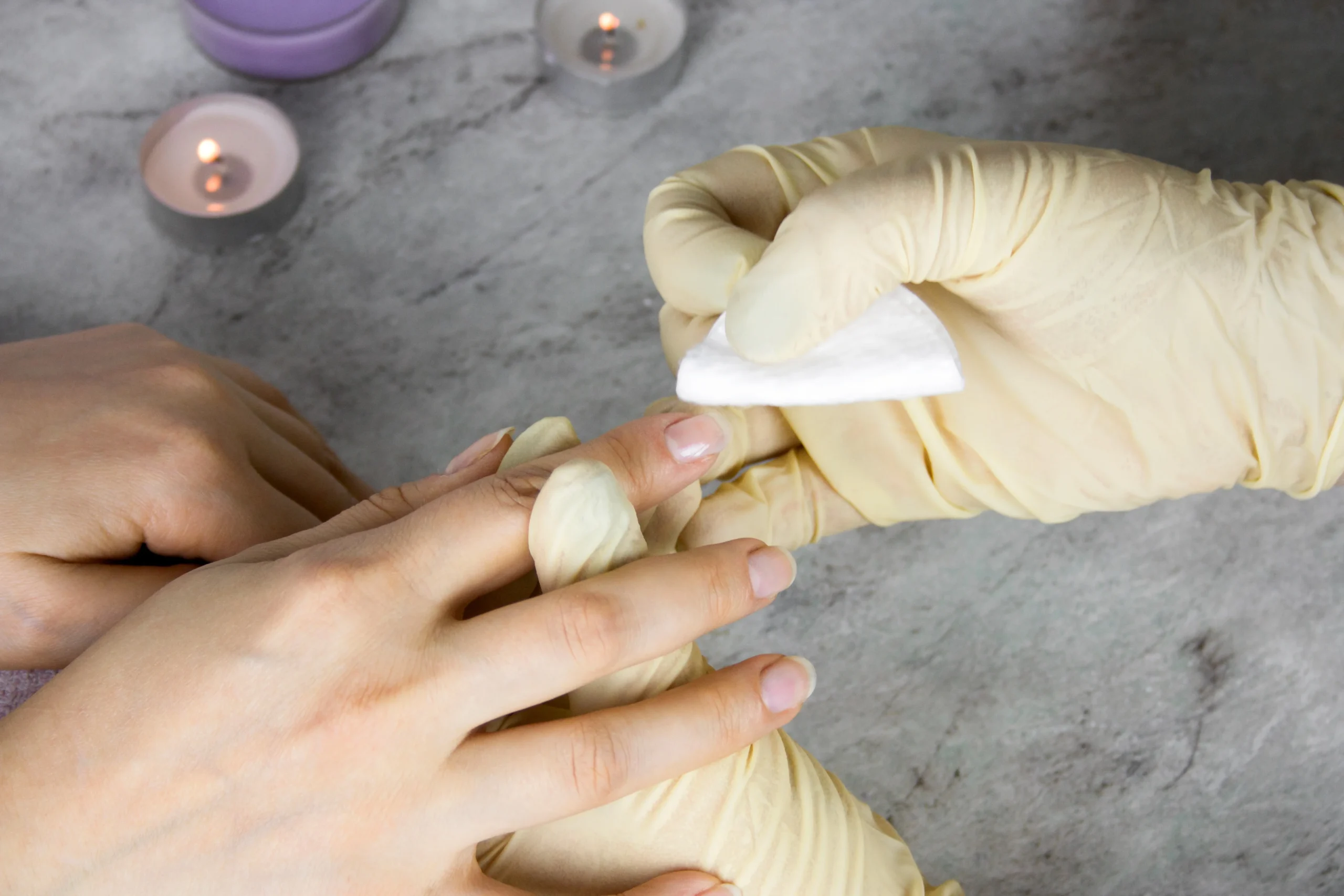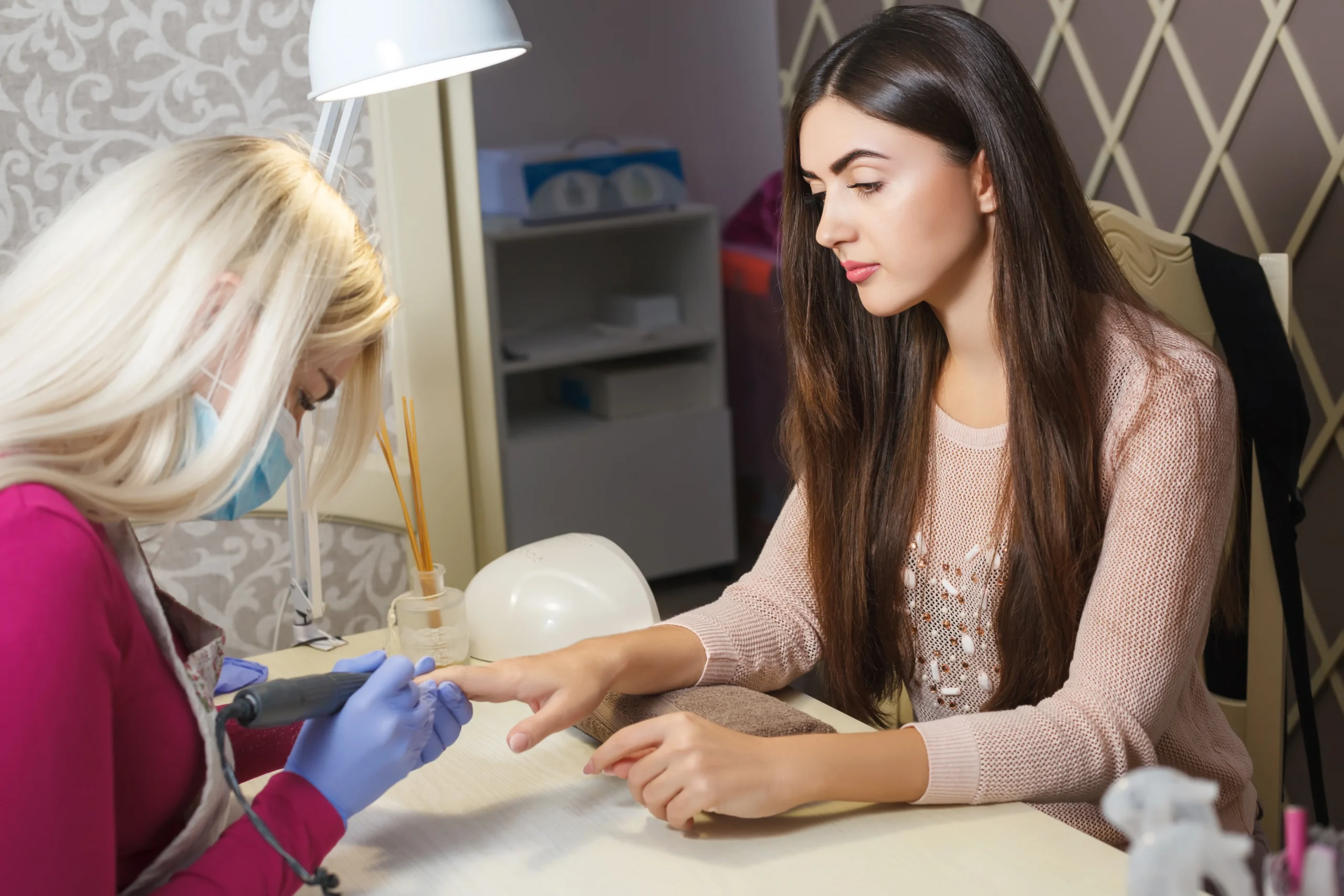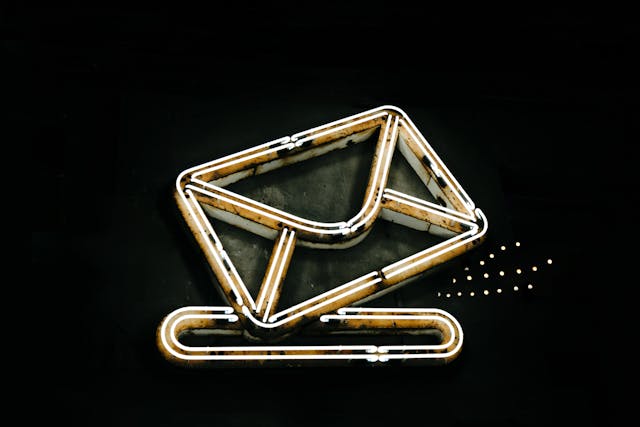The equipment used implements for manicures and pedicures must be thoroughly cleaned and disinfected to prevent infection, maintain customer confidence, and preserve the reputation of any nail care establishment. In this day and age, when people are hyper-conscious about health and personal hygiene, the cleanliness of manicure and pedicure equipment is not just a matter of preference- it is a legal and ethical responsibility.
Every time a nail technician works on a client’s nails, there is a risk of spreading germs, fungi, or viruses unless proper disinfection is applied. These tools come into direct contact with the skin, cuticles, and something blood, which can easily spread pathogens. To maintain a nail salon’s license and reputation, as well as to practice nail care safely at home, disinfection processes should be a top priority.
This article will discuss identifying the right equipment, the best methods for cleaning and disinfecting them, and how salons can adhere to hygiene guidelines. Suppose you are a professional technician or a beauty-conscious individual. In that case, you will understand why manicure and pedicure equipment should be sparkling clean.
Why Hygiene Is Uncompromising In Nail Care
Cleanliness is not an option in nail care – it is essential. Bacterial and fungal infections, such as staph or athlete’s foot, can easily grow in unclean conditions. An unclean cuticle pusher or nail clipper can introduce harmful germs directly into your skin, potentially leading to painful infections, skin discoloration, and even permanent damage to the nail structure.
In addition to health hazards, such negligence can lead to legal action, negative reviews, and the potential for losing customers. Clean equipment creates a foundation of professionalism and ensures customer safety, so everyone leaves with a positive experience —not a hidden health risk.
Risk of Cross-Contamination In Nail Salons
Cross-contamination is a silent threat in nail salons. If equipment used by one client is not properly sterilized and used on another client, bacteria, fungi, and viruses can easily spread. Tools like nail clippers, pumice stones, or foot files come into direct contact with the skin. They can become a source of serious infections if not properly disinfected.
Prevention starts with awareness and education. Nail technicians should receive proper training to understand the risks and know how to clean and disinfect their work areas properly. Clients should also have the courage to ask questions and be assured of the hygiene standards in place. A transparent and proper cleaning process enhances the prestige of a salon manifold.

Understanding The Basic Implements for Manicures and Pedicures
Common Machines And Their Functions
A Typical nail technician’s kit includes several essential tools. These include nail clippers, cuticle pushers, nail files, buffers, callus shavers, toe separators, foot files, and brushes. Each device has its function, but one thing is mandatory: all of them must be cleaned and disinfected before each use.
For example, metal instruments such as cuticle nippers and clippers can be sterilized in an autoclave; however, emery boards or pumice stones, which are porous, should generally be discarded after a single use. The right equipment and proper sterilization are proof of safe and professional care.
Single-use vs. reusable equipment.
It is essential to understand the difference between disposable and reusable instruments. For example, products such as nail files, orange sticks, and toe separators should be discarded after one use because they are porous and cannot be effectively disinfected. On the other hand, stainless steel utensils can be used multiple times if they are adequately cleaned and disinfected.
The safest and healthiest way is to follow the product manufacturer’s instructions and industry standards.
How To Properly Clean Implements for Manicures and Pedicures
Manual Cleaning Steps
The first step in cleaning is hand washing. Each instrument should be washed using hot water, soap, and a brush to remove visible dirt or tissue. The step is crucial before disinfection, as residual particles can disrupt the disinfection process.
Technicians must wear gloves during cleaning to prevent the spread of infection. After washing, dry thoroughly and proceed to the next step.
Pre-Sterilization: Using An Ultrasonic Cleaner
Ultrasonic cleaners are very effective in pre-sterilization. This device utilizes sound waves to dislodge particles trapped in the small gaps of the device. Leave the instruments in a suitable cleaning solution for a specified period, usually 5 to 10 minutes. They will then be ready for sterilization.

Sterilization In The Safety Of Nail Equipment: The Gold Standard
When it comes to safety in the world of nail care, sterilization is not just a good practice-it’s a necessity. The equipment used for manicures and pedicures must be sterilized appropriately to destroy all types of germs, bacteria, viruses, and fungi. Cleaning and using disinfectants help reduce the amount of germs, but only disinfection can eliminate all pathogens. Failure to follow steps poses a risk of infection for both the customer and the technician.
Especially tools that may come into contact with blood or body fluids, such as cuticle nippers and nail clippers, must be disinfected after each use. The best method is to ensure sterilization using professional-quality equipment, whether at the salon or at home.
Auto-Clave vs. UV Sterilizer: Which Is Better?
Autoclaving is considered the best standard for sterilization. It effectively destroys bacteria, viruses, and fungi by using steam at high pressure at temperatures of around 121°C (250°F). This procedure has been recognized by health authorities worldwide. It is now mandatory in medical and beauty practices in many countries.
On the other hand, UV sterilizers are often misused or misunderstood. UV light can be helpful in sterilization, but it does not penetrate as deeply or is not as reliable as an autoclave. Many professionals use UV cabinets only to store previously sterilized equipment. Relying solely on disinfection using UV light is not sufficient from a safety perspective.
Proper Storage After Sterilization
It is also essential to store the equipment properly after sterilizing it. These devices should be stored in clean, airtight pouches or containers until they are used. If the devices are exposed to air, dust, or touch, they can become contaminated again. Many salons seal sterilized equipment in auto-clave pouches and open them in front of clients to prevent infection and build customer trust.
Hygiene Rules To Follow In Salons
A truly professional salon adheres to strict hygiene rules every day. It’s not enough to just clean equipment. Occasionally, pieces of equipment must be adequately cleaned and disinfected after each client. Not only must equipment, but every surface, footbath, towel, and technician’s hands be disinfected regularly.
How To Develop A Daily Disinfection Routine
Daily routines should include cleaning and disinfecting all work areas, wiping down chairs and tables, and scrubbing the footbath after each use. Equipment used throughout the day should be collected, washed, disinfected, and stored correctly. Disposable items such as wooden sticks or pads should be disposed of hygienically after use. Using a checklist makes it easier to maintain regularity and a sense of responsibility.
Staff Training on Hygiene
No matter how advanced your equipment or protocols, they will only be effective if staff use them correctly. Every employee should receive training on hygiene and disinfection procedures upon hiring and regularly to ensure they are well informed and equipped to maintain a safe work environment. This will include using equipment safely, operating sterilization equipment, and recognizing signs of infection.
Encourage staff to speak up if they suspect neglect of disinfection or the presence of infection. A team that values health and safety creates a culture of professionalism and care.
Customer Awareness: What To Know And What To Ask
Consumers have every right to question hygiene practices and expect transparency in these matters. Educating customers helps them make informed decisions and encourages salons to maintain strict standards as well.
How To Recognize A Clean Salon
Pay attention to the tools packed separately. Is the area clean? Is the technician wearing gloves or using hand sanitizer? The device in the autoclave pouch, along with the color-changing indicator, provides proof of sterilization. Cleanliness should be visible, not hidden.
What To Do If You Have Doubts About Cleanliness?
Suppose you observe dirty equipment, disposable items being reused, or technicians not washing their hands. In that case, you can leave the salon and report the issue to the management. Contact local health authorities if necessary. Most importantly, don’t risk your health. Take another day and choose a salon that values cleanliness.
Legal And International Hygiene Guidelines For Nail Salons
Governments and health organizations have set clear rules to ensure customer safety in nail salons. Following these rules is not an option. It is a legal obligation and is enforced through regular inspections.
OSHA and CDC Guidelines In The United States
In the United States, the Occupational Safety and Health Administration (OSHA) and the Centers for Disease Control and Prevention (CDC) provide guidelines for hygiene in the beauty services industry. OSHA recommends the use of gloves to prevent the transmission of blood-borne diseases and the proper disposal of contaminated equipment. The CDC says that reusable equipment must be sterilized by heat after cleaning, such as using an autoclave.
International Comparison: Canada, UK and Australia
The United States, Canada, the United Kingdom, and Australia have set their salon hygiene regulations. For example, Australia’s Department of Health mandates the use of disinfection. In the United Kindom, the HSE (Health and Safety Executive) guides infection prevention. In Canada, salon safety is regulated by provincial regulations.
While there are some differences in procedure from country, the main message is the same: manicure and pedicure equipment must be completely sterile.
You Can Read More Articles About Makeup and Beauty Here
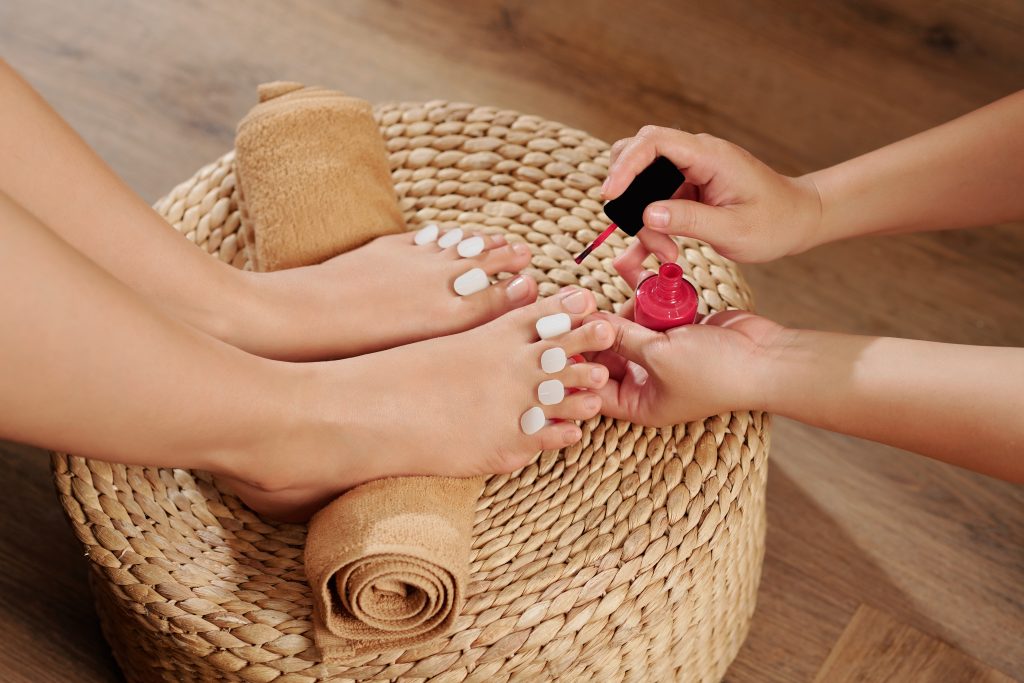
Frequently Asked Questions (FAQs) About Implements for Manicures and Pedicures Must Be
Question: Why do Implements for Manicures and Pedicures need to be disinfected after each use?
Answer: These tools often come into contact with skin, cuticles, and sometimes blood, putting them at risk of carrying bacteria, fungi, and viruses. Sterilization ensures that all pathogens are eliminated, thereby reducing the risk of infection and cross-contamination.
Question: Can I Sterilize my nail tools at home?
Answer: Yes, but it must be done with caution. At home, you can sterilize using boiling water or chemical disinfectants; however, these methods are less effective than autoclaves. For maximum safety, invest in a professional-grade sterilization device or make sure your nail technician uses one.
Question: Which tools should never be reused across multiple clients?
Answer: Soft and porous tools such as nail files, buffers, toe separators, and wooden cuticle sticks should never be reused. These objects easily absorb moisture and cannot be effectively disinfected.
Question: How can I determine if a nail salon is following proper sanitation procedures?
Answer: Check to see if the equipment is individually wrapped, the autoclave pouch is sealed, and if the technician is using gloves or hand sanitizer. Evidence of cleanliness should be visible. Don’t hesitate to ask about their cleaning process- trustworthy salons will always be transparent.
Question: What is the difference between disinfection and sterilization?
Answer: Disinfectants reduce the number of harmful germs, including bacteria, but do not kill all pathogens. Disinfection destroys all germs, including spores, making it the most effective and safest method of germ control.
Question: What should I do if I get infected at a nail salon?
Answer: Seek immediate attention. Notify the salon, record your visit, and report to local health authorities. Quick action can help prevent serious complications.
Final Thought: Implements for Manicures and Pedicures Must Be
In every area of personal care, safety comes first, and that’s even more important in nail salons. Every instrument should be clean, sterilized, and used correctly to ensure the safety of both the client and the technician. From cuticle nippers to pumice stones, any negligence can be dangerous.
By following proper cleaning protocols, utilizing advanced sterilization equipment, and maintaining a routine, manicures and pedicures will be not only beautiful but also safe.
Clean equipment is not just a sign of professionalism; it is the foundation of trust and quality in the nail care industry. The importance of proper hygiene should never be taken lightly; it is the silent guardian of your beauty and well-being.

